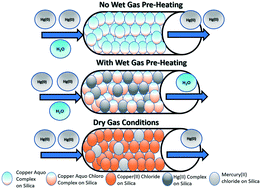This includes emission limits for mercury particulate matter sulfur dioxide acid gases and certain individual metals.
Mats mercury emission limits.
The environmental protection agency epa finalized new standards for emission limits on new power plants known as the mercury and air toxics standard mats.
Protecting our children and communities by limiting emissions of mercury and other air toxics from power plants.
Do not change the types of state of the art pollution controls that they are expected to install.
The mats rule establishes numeric emission limits for mercury hg particulate matter pm and hydrochloric acid hcl for existing source under the national emissions standards for hazardous air pollutants neshap and sets numeric emission limits for pm sulfur dioxide so2 and nitrogen oxide nox for new sources under the new source performance standards nsps provisions of the clean.
The mats rule has been in effect for years and the power sector has largely complied with its limits on mercury emissions and other harmful pollutants.
March 28 2013 epa updated emission limits for new power plants under the mercury and air toxics standards mats.
Epa published the mercury and air toxics standards mats.
The mercury and air toxics standards reduces mercury and other toxic air pollutants from coal and oil fired power plants.
As part of the rule epa reinstated the 2000 appropriate and necessary finding.
The rule in question known as the mercury and air toxics standards mats targets a powerful neurotoxin that can affect the iq and motor skills of children even in utero.
Signed by epa administrator lisa jackson in december 2011 mats required coal and oil fired power plants to reduce their emissions of mercury and a range of heavy metals and acid gases.
Under section 112 the epa reviews the risks of hap emissions from categories of sources that emit haps and if it finds that it is a n sets emissions limits for those haps for each category.
The regulations are promulgated by agencies such as the environmental protection agency epa and food and drug administration fda as well as a variety of state and local authorities.
The updates only apply to future power plants.
In issuing the mats in 2012 the epa estimated that the rule would produce annual benefits of between 37 billion to 90 billion at an annual compliance.

